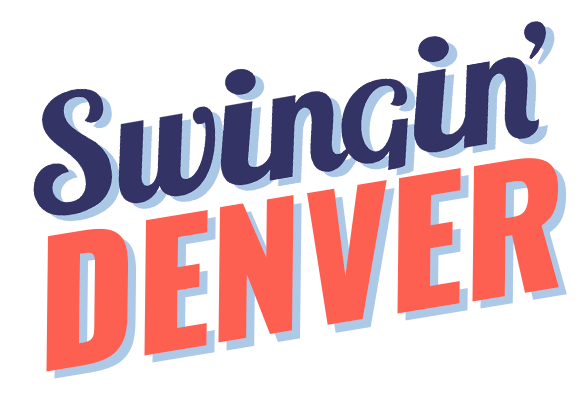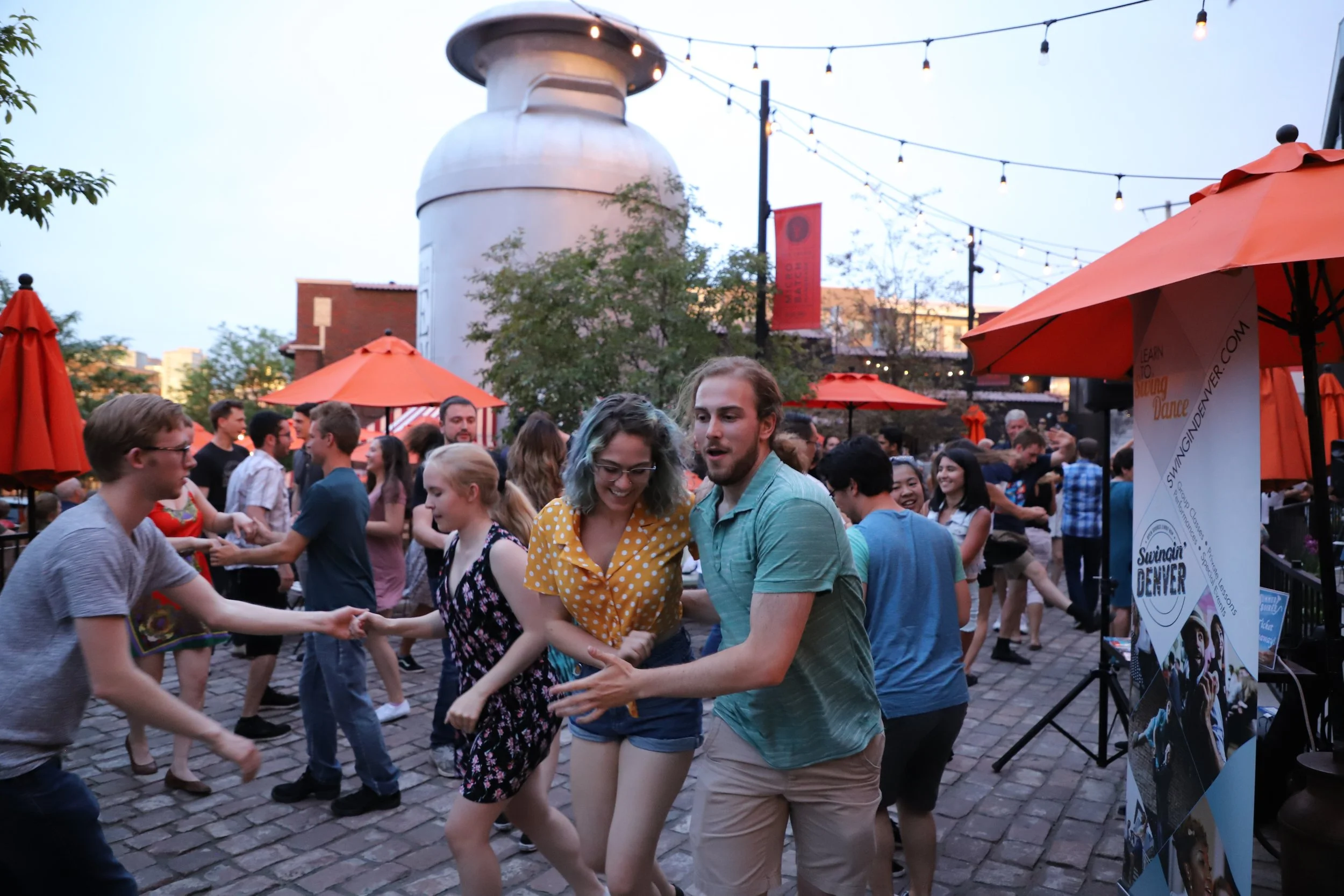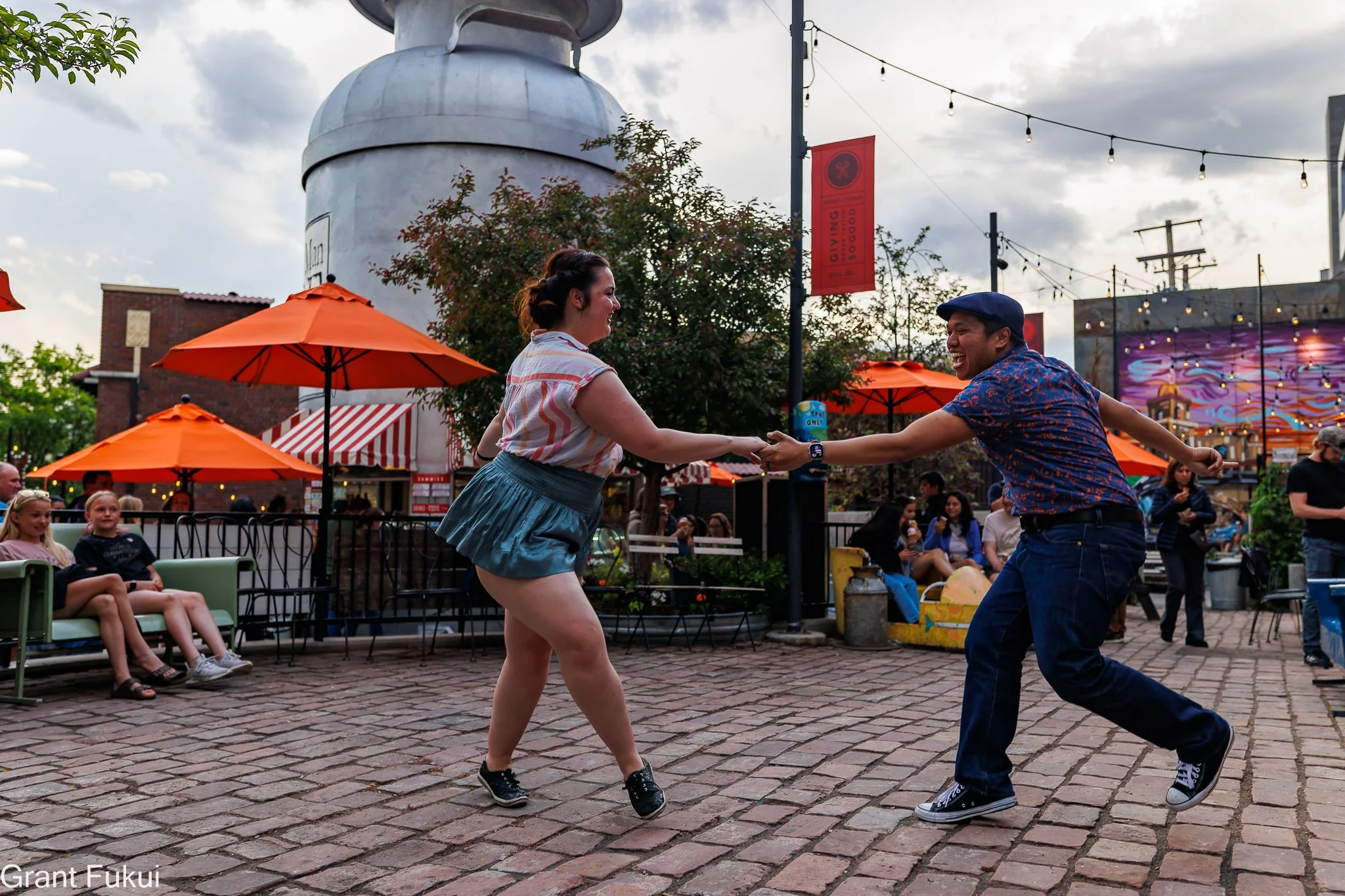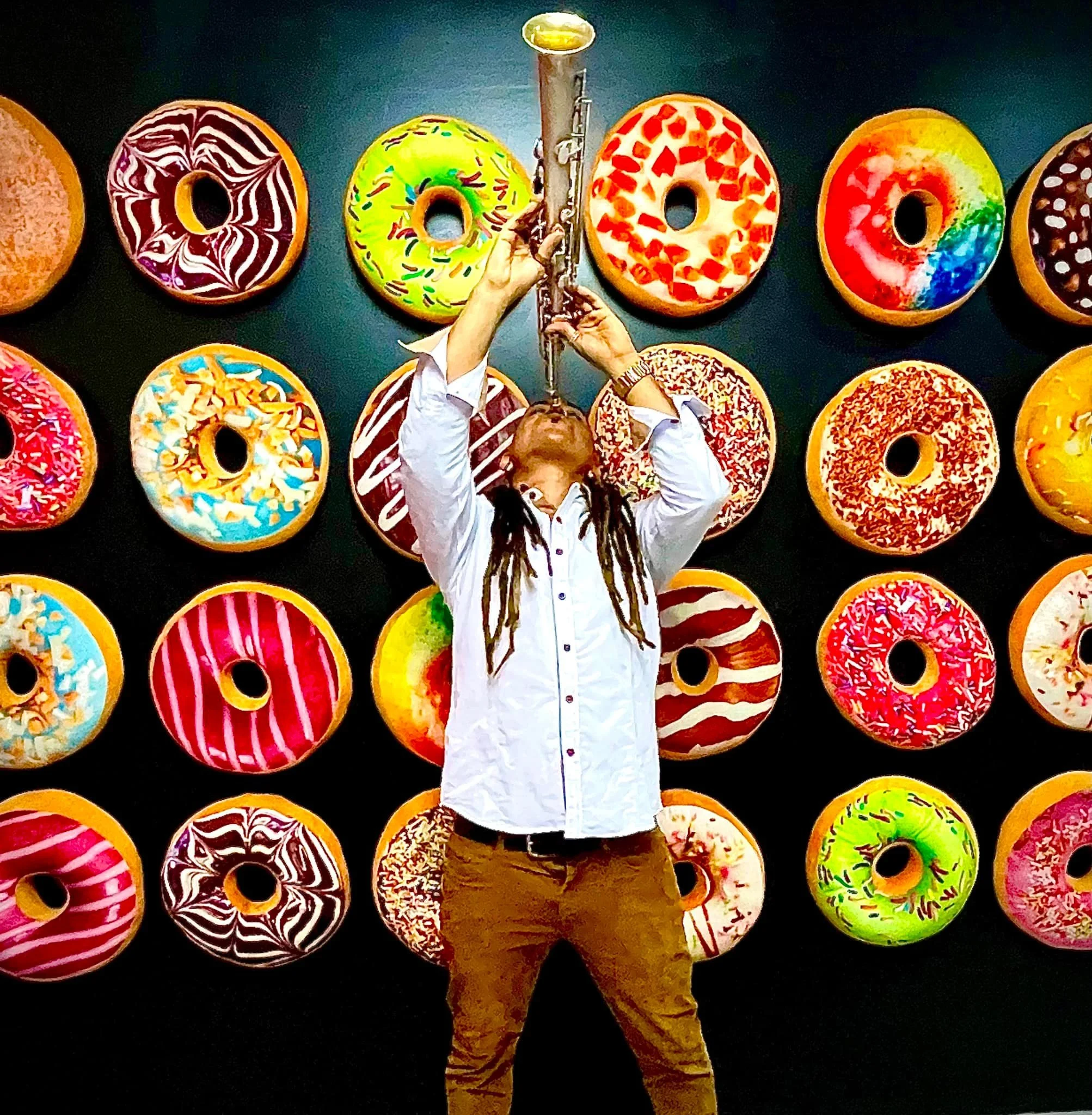Some of the shortest statements are the most impactful ones. When Taylor Madgett at Dance Dance Evolution firmly stated “Black social dances have names” at the beginning of her class when she was contrasting Black social dances with studio dance, it lodged into my brain. Much like - “The term vernacular refers to dance performed to the rhythms of African American music: dance that makes those rhythms visible.” from Steppin' on the Blues - this statement has become a touchstone for my teaching and teacher instruction, most recently being shared during our Little Man Ice Cream Swingin’ Under the Stars teacher training.
As my co-instructor pointed out during the teacher training, we both get a little irked when we see local swing dance schools continue to teach East Coast Swing and Jitterbug classes. As another school’s instructor shared when asked what a Jitterbug lesson was - “It was east coast. I asked why it was called a Jitterbug lesson and he said because it is very beginner swing dance. And the most important descriptor that stood out to me was that [name redacted] said that it’s very white. Like the most white. That it’s up pulse instead of down in the ground like lindy hop.”
"Nowadays if you say Lindy Hop there are very few people who know the word. You know you say Lindy Hop and they just look at you you know. What is that? And then you say uh jitterbug and their face light up because they have heard Jitterbug for so long till they think that's what it is." - Frankie Manning in Swingin' at the Savoy: The Frankie Manning Story.
“But why then, when I took dance classes in school, was I not told that Lindy Hop came from the Black community?“
This separation (Jitterbug = beginner swing dance) and centering in whiteness does more harm than good within our vernacular dance community. Lindy Hop is easy to learn, difficult to master. However, thanks to particular instructors and swing schools, we have many people that think Lindy Hop is hard, fast, too athletic because we have this “different dance” over here that is an appropriated commodified version of Lindy Hop further distilled (“tamed”) from what Arthur Murray originally did. I was in the thick of it in the 1990s and know why Jitterbug happened. It’s surprising JItterbug’s legacy has lasted this long since neo-swing crumpled and Jitterbug is attached to my parents’ and grandparents’ generation. As Gaby Cook wrote here, “Language like ‘East Coast Swing’ belongs to the practice of white people siphoning black innovation and repackaging it as a ‘safe’ white cultural product.”
From one swing dance school’s website
"The key elements are the implications that the jitterbug was a dance that was out of control, whereas the Lindy Hop was indeed a theatrical performance, one that Martins attests that "of all the ballroom dances these prying eyes have seen, this is unquestionably the finest; but let the white man attempt it at his peril." - The Oxford Handbook of Dance and Theater.
The other reasons that Jitterbug and East Coast Swing lessons are still pervasive with schools that teach Lindy Hop and other vernacular dance styles are likely marketability, white comfort, organizers resistant to the work involved when evolving, holdovers from the late 1990s neo-swing era, and whitewashing of Black history.
If we are to be better guests in Black social dancing’s house and, rather than be cultural appropriators, be cultural surrogates as defined by LaTasha Barnes, then changes need to be made.
Swing dance schools ought to stop branding Lindy Hop classes as East Coast Swing and Jitterbug. Since Lindy Hop comprises of many different visible-on-the-dance-floor rhythms, teachers should be comfortable teaching and dancing a variety of rhythm patterns including step, step, rock step while folding it into vernacular dance values like call-and-response, improvisation, the aesthetic of cool, etc. Let’s start avoiding the neo-swing era with its further appropriation and commodification of Lindy Hop now.
When renaming your class “Lindy Hop Taster” or “Level 0 Lindy Hop,” accompany your marketing with appropriate school-sourced video of teachers dancing what your school will be teaching. Include appropriate fun imagery, emphasize the beginner-friendliness of what you’ll be teaching and make some statements on social media and your website about why you’re making the change. Perhaps this will make your classes more accessible and inclusive.
Continue to educate. Your website and social media presence should be a resource and a marketplace. Many people treat their social media platforms as places to sell things, but it should also be a resource. And then make sure your classes are educational on several fronts - music, history, dancing, consent, etc.
We can do better.
Another school’s website where they center Black social dances with their origins and using the dances’ names.






